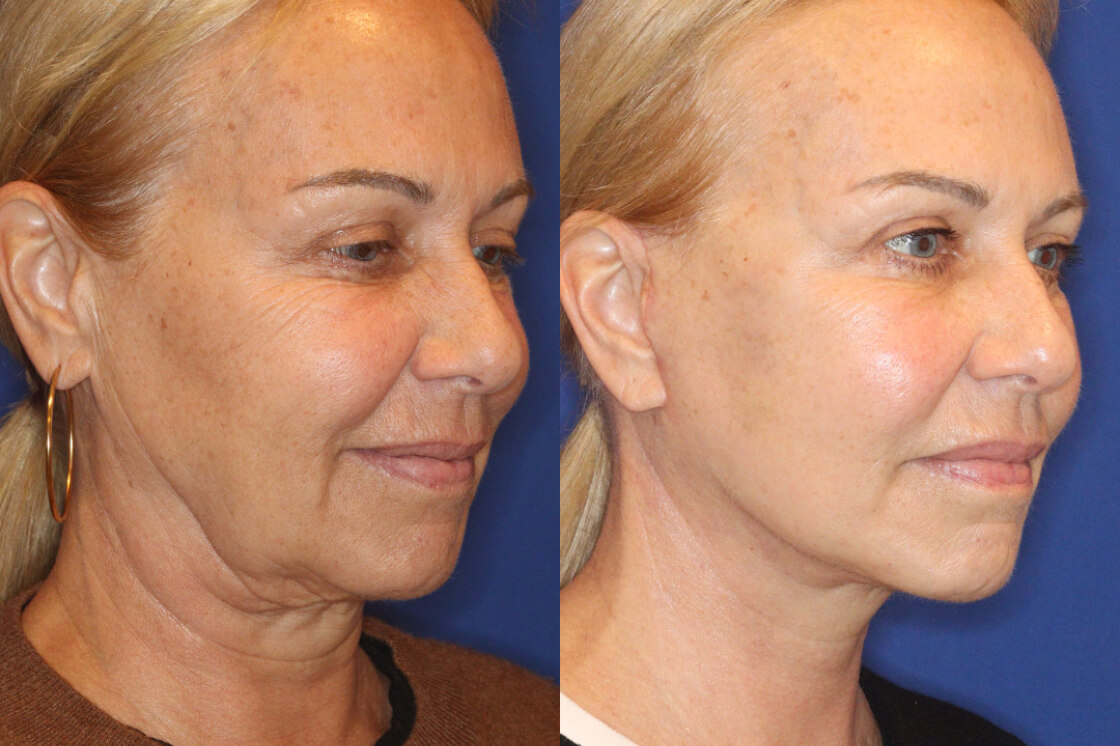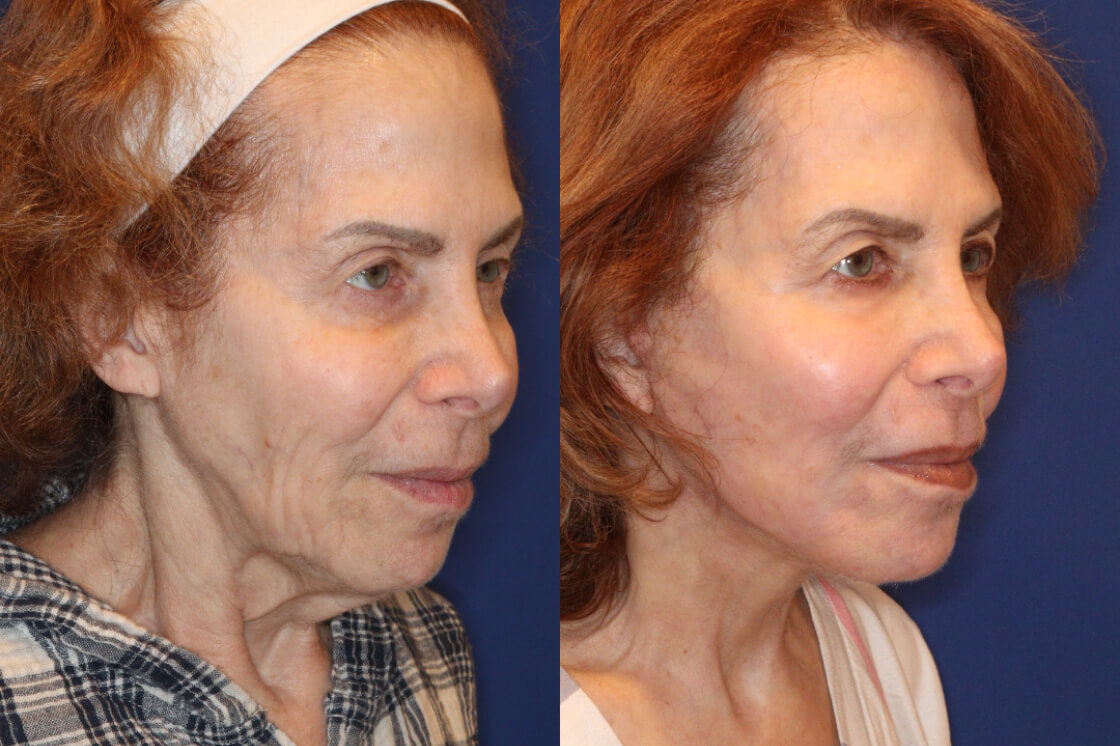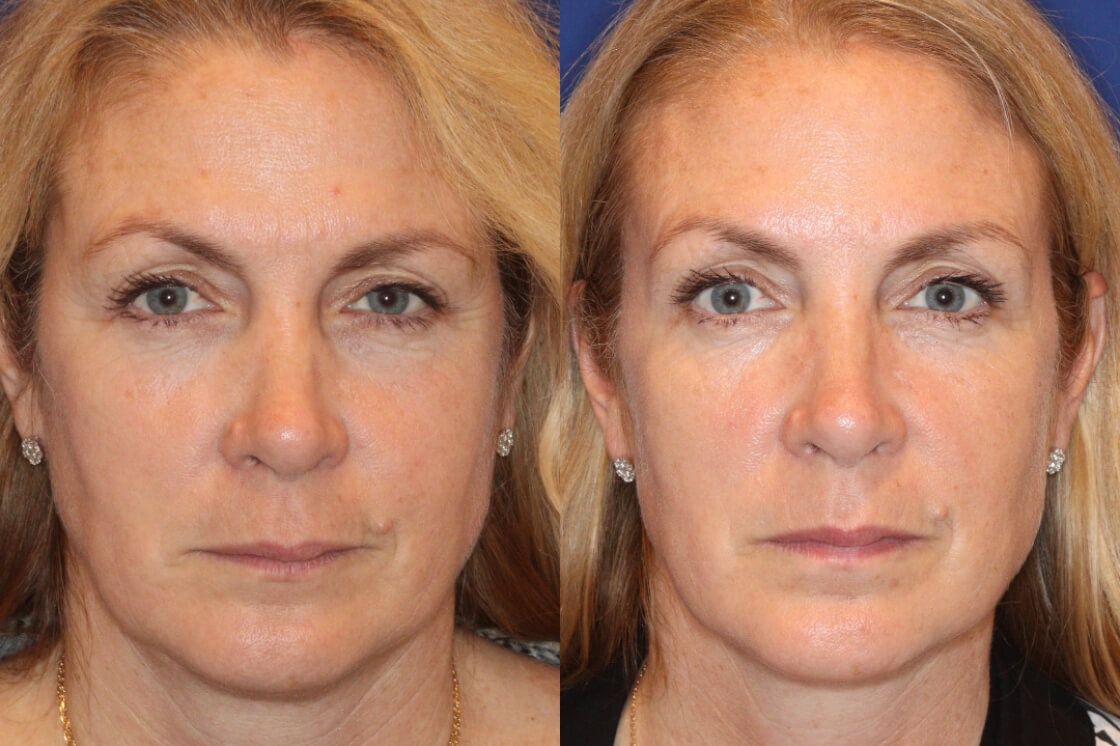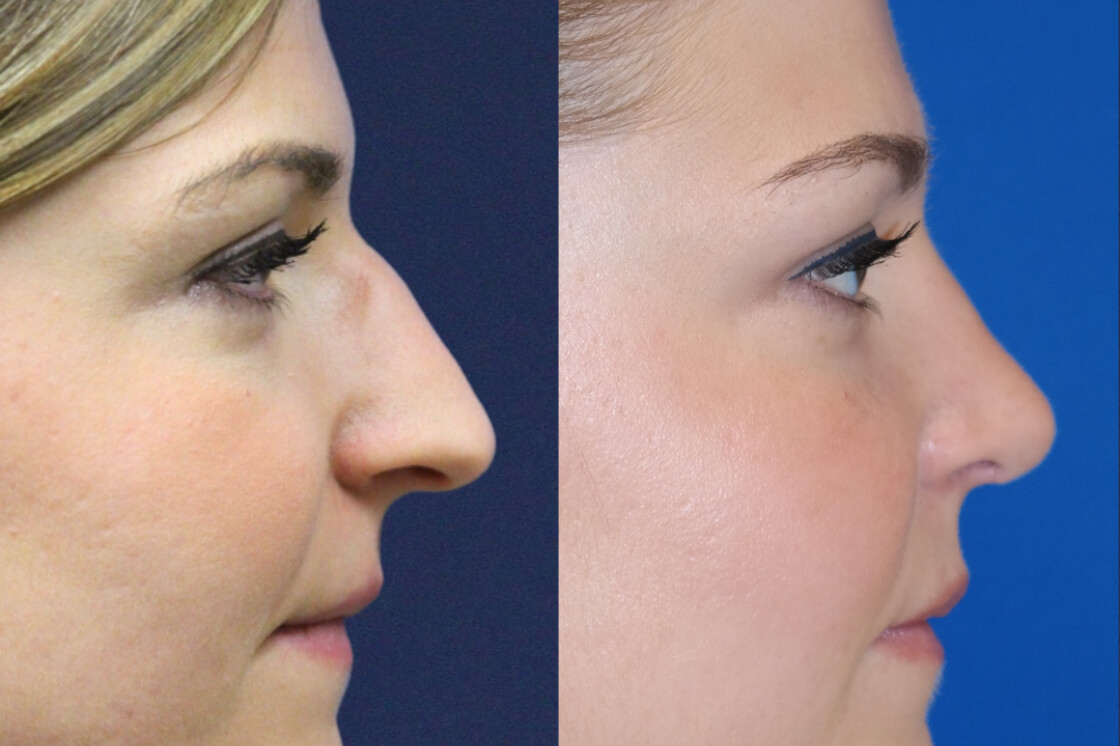If your dreams include a nose that is smaller, less bulbous, straighter or just in better harmony with your face, rhinoplasty could be the answer to your concerns. What do you need to know before you schedule the surgery? And what other options do you have if you’re not quite ready for a surgical procedure?
One of the most important aspects of rhinoplasty is selecting the right plastic surgeon for the procedure. You’ll have a consultation in person or via video conference if you are located out of town to assess the functionality of your nose and plan for your ideal look. Your medical history will be gathered, including any sinus infections, allergies or bleeding to make sure that you’re in the right health for the procedure.
What will happen during the surgery? It takes approximately 3 hours and is generally performed as an outpatient procedure, although it does require anesthesia, by either IV sedation or general anesthesia.
There are two types of rhinoplasty incisions: open or closed. If a patient needs a minor change, they will most likely have a closed rhinoplasty, during which the surgeon makes a small incision in the nostril. The scars are completely hidden and although the surgeon won’t have access to the complete nasal structure, he or she can still make small changes.
With an open rhinoplasty, the surgeon will make a small incision between the nostrils, which will give him or her a chance to make changes anywhere in the entire nasal structure, perfect for scenarios that require more extensive work. The incision is virtually invisible as it is placed strategically in the natural contours of the nose and is hidden.
How is the nose reshaped? The surgeon accomplishes this using the cartilage and bone within the nose, either by adding cartilage or removing bone and cartilage. Additional cartilage can be taken from the ear, rib or septum. The skin is then re-draped over the new frame. With a splint in place to support the new shape of the nose while it heals and aids with swelling, you’ll be on the road to recovery.
Recovery may include some discomfort and minor pain but the swelling improves within a week or two, making breathing easier. You may experience some bruising or swelling around the eyes for a few weeks after rhinoplasty. But as the swelling goes down, the results become more visible.
If you’re more comfortable with a non-surgical procedure to alter the appearance of your nose, dermal fillers are a wonderful option. The fillers can straighten the nasal bridge or enhance the nasal shape. It is perfect for patients who want a non-invasive option to provide excellent results to make the nose look more proportional and smaller within the frame of the face. With a “liquid nose job” there is no downtime, and while the results are temporary, they can last up to 6 months.
Other non-surgical options are MINT TIP and MINT UP nose threads that give patients a more defined nose contour and can be completed in less than an hour. The threads serve as a support structure for the nose and elevate the nasal bridge and the tip’s projection.
Call 646.362.5245 to schedule a consultation with Dr. Jennifer Levine. Known as an expert in rhinoplasty as well non-surgical nose jobs, she is a board-certified Otolaryngologist surgeon as well as a facial plastic surgeon, giving her the knowledge and skill to improve the way your nose functions as well as looks.




